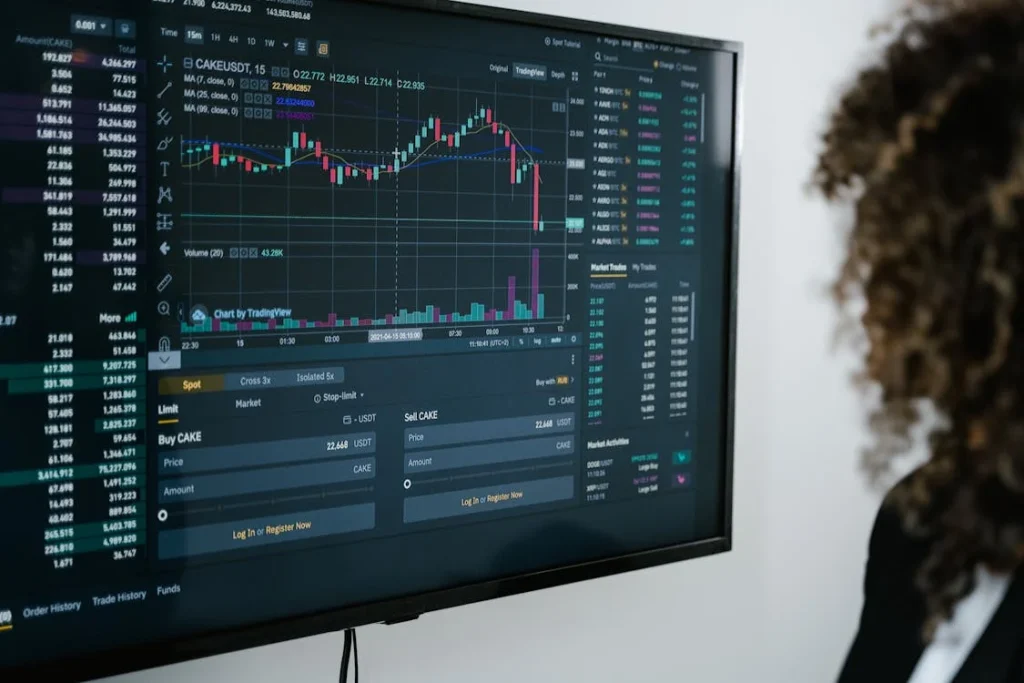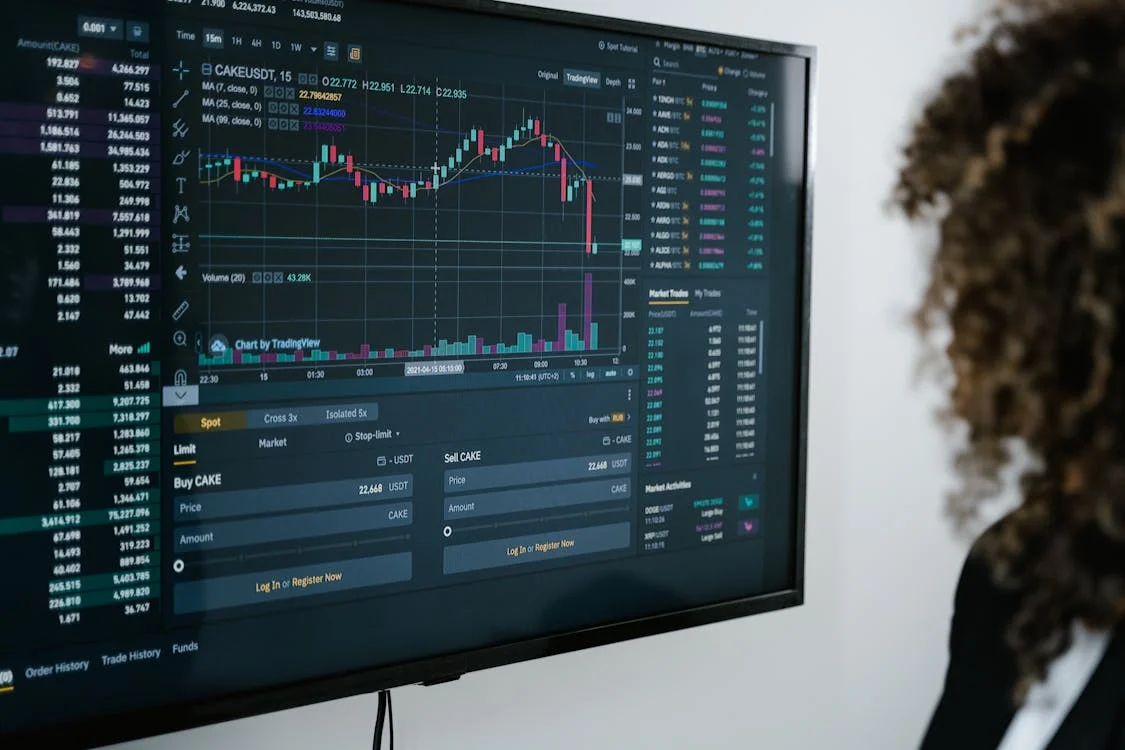In Forex trading, success isn’t just about predicting market movements correctly — it’s about managing your money wisely. No matter how effective a trading strategy is, poor capital management can quickly lead to losses. For this reason, capital management is considered one of the most crucial skills every Forex trader must master.
This article explores what capital management means in Forex trading, why it’s vital for long-term success, and the best practices traders should adopt to maximize profits while minimizing risks.

What is Capital Management in Forex?
Capital management refers to the process of planning and controlling how a trader allocates their trading capital to minimize risk and maximize returns. It involves setting risk parameters, controlling leverage, and making calculated decisions about how much to invest in each trade.
Effective capital management ensures that a trader can survive losing streaks, maintain discipline, and achieve consistent growth over time.
Why is Capital Management Important?
-
Protects Against Losses: Even professional traders experience losses. Good capital management ensures that no single trade can wipe out a significant portion of your account.
-
Reduces Emotional Trading: With a solid money management plan, traders are less likely to make impulsive decisions fueled by fear or greed.
-
Supports Long-Term Growth: Proper management allows for gradual account growth without exposing it to unnecessary risks.
-
Enforces Trading Discipline: Following set rules for risk and capital allocation keeps trading decisions objective and consistent.
Key Principles of Capital Management
1. Risk Per Trade
One of the foundational rules of capital management is never to risk more than a small percentage of your trading account on a single trade. Many successful traders recommend risking only 1–2% of your total capital per trade.
For example, if your account balance is $10,000, risking 2% means you shouldn’t lose more than $200 on any single trade. This approach helps you survive bad trades and stay in the game longer.
2. Use of Stop-Loss Orders
A stop-loss order is a crucial tool for limiting potential losses. It automatically closes a position at a predetermined price level if the market moves against your trade.
Setting an appropriate stop-loss ensures that your losses remain controlled and that you don’t hold onto losing positions, hoping for a market reversal that may never come.
3. Appropriate Leverage
Leverage allows traders to control larger positions with a smaller amount of capital. However, high leverage can magnify losses as well as gains.
Many beginners are tempted by the high leverage offered by brokers but using excessive leverage without a proper management plan is extremely risky. Experienced traders recommend using low leverage — often not exceeding 1:10 or 1:20.
4. Risk-to-Reward Ratio
Always aim for trades where the potential reward outweighs the risk. A common rule is to maintain a risk-to-reward ratio of at least 1:2, meaning you aim to make double the amount you risk.
This way, even if you lose more trades than you win, you can still be profitable over time.
5. Position Sizing
Position sizing refers to deciding how large your trade should be, based on your risk tolerance and account size. Proper position sizing ensures that your trade size matches your risk per trade strategy.
There are several calculators and formulas traders can use to determine their optimal position size for each trade based on stop-loss levels and risk percentages.
6. Diversification
Avoid putting all your capital into a single currency pair or trade. Diversifying your trades across different pairs and strategies can reduce overall risk and improve the stability of your trading performance.
7. Regular Review and Adjustment
Markets are constantly changing, and your capital management strategy should evolve too. Regularly review your performance, analyze mistakes, and adjust your risk management rules as needed to keep improving.
Common Mistakes in Capital Management
-
Overtrading: Taking too many trades at once increases risk exposure.
-
Ignoring Stop-Losses: Hoping a losing trade will turn around often leads to deeper losses.
-
Risking Too Much on a Single Trade: One large loss can destroy months of profits.
-
Revenge Trading: Trying to win back losses by taking bigger risks usually leads to more losses.
-
Failing to Adapt: Sticking rigidly to a plan without adjusting for market conditions can be harmful.



